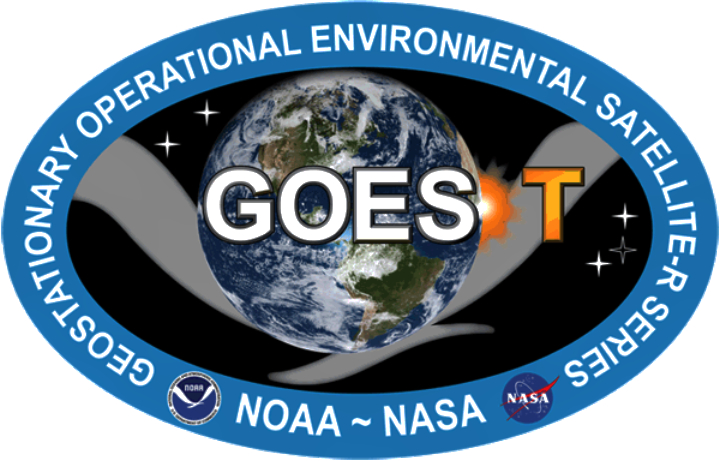
As reported by Mr. Carl Reinemann of USRADIOGUY.com, the National Oceanic and Atmospheric Administration (NOAA) announced plans on June 25, 2021, to move the agency’s newest geostationary weather satellite, GOES T, into an operational role “as soon as possible.” The launch is expected to occur in December.

This advances the previous GOES-T flyout and operational status schedule by a whopping four years. No word as of yet for GOES 17’s fate. The assumption is that the satellite could be placed in on-orbit storage in a “central” location in geostationary orbit and called into service as needed as a backup, like GOES-15, or during complex weather conditions like hurricane and tropical storms seasons.
NOAA’s GOES-T will replace GOES-17 as the new satellite in the GOES-West position, following its scheduled liftoff (which is scheduled for December 7th, 2021) from Cape Canaveral, Florida, top NOAA officials announced on June 24th, in an announcement posted on the NOAA- National Environmental Satellite, Data, and Information Service (NESDIS) website.

Liftoff info (as of this writing):
- Launch time: 2140 GMT (4:40 p.m. EST)
- Launch site: SLC-41, Cape Canaveral Space Force Station, Florida

A United Launch Alliance Atlas 5 rocket will launch GOES-T, the third, next-generation, geostationary weather satellite for NASA and NOAA. GOES-T will orbit 22,300 miles above the equator to monitor weather conditions across the United States. The rocket will fly in the 541 vehicle configuration with a five-meter fairing, four solid rocket boosters and a single-engine Centaur upper stage.

The decision to place GOES-T into operational service as soon as possible after launch is a result of the blockage in the loop heat pipe of the Advanced Baseline Imager (ABI), the key instrument on GOES-17. The LHP issue was overcome by engineers, and GOES-17 was able to deliver 98% of it’s intended data.
GOES-T, which is the third satellite in NOAA’s advanced GOES-R series, will be renamed GOES-18 following a successful two-week post-launch checkout phase. Once operational and in service, the satellite will work in tandem with GOES-16, which operates in the GOES East position.

